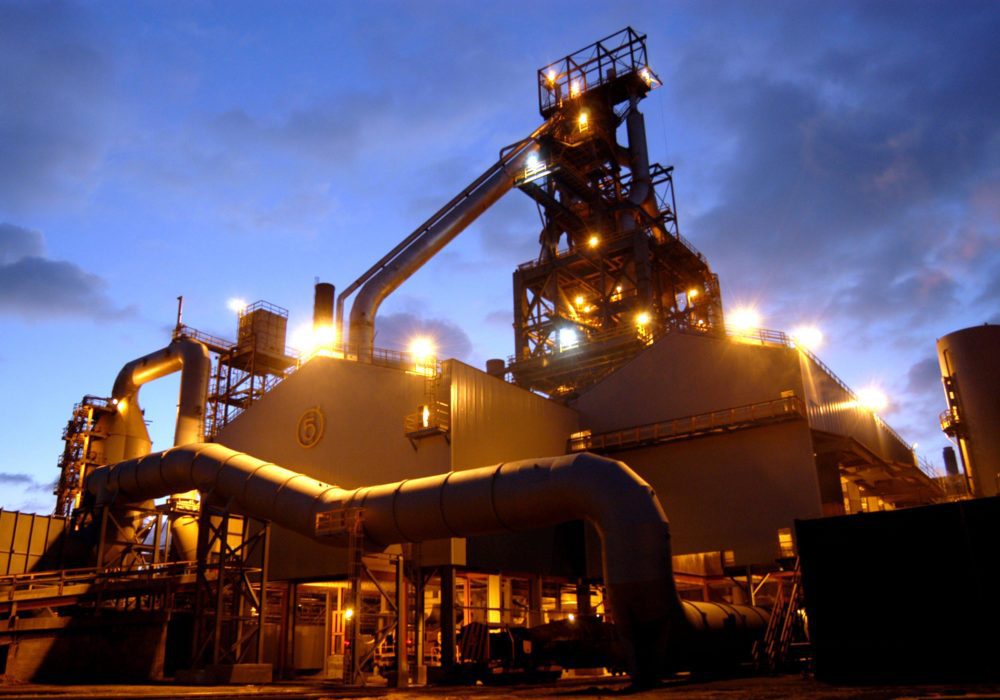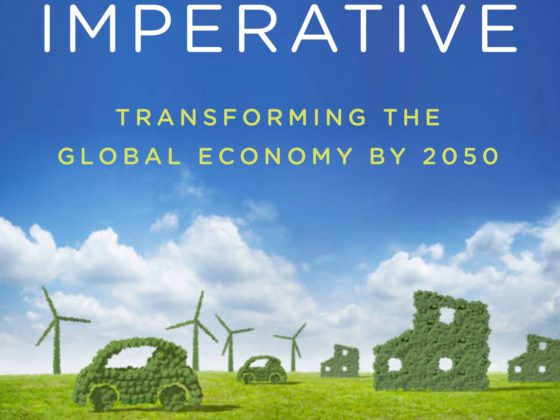A new sense of urgency to address climate change has been created by reports recently released by the United Nations Intergovernmental Panel on Climate Change (UN IPCC) and 13 agencies within the U.S. government. Avoiding the significant global disruption that’s expected under a no action scenario will require near total decarbonization of economic activity by 2060; or as the UN report asserts, even earlier. We see acceleration of clean technology innovation in the transportation and energy sectors, as presented in our previous Path to 2060 reports, but for other sectors, like industrials, we are woefully behind.
Industrialization has been critical to economic growth but it’s come at a cost to the environment. Today, the industrial sector is the third largest greenhouse gas emitter, representing 21% of global emissions. Manufacturing requires significant amounts of thermal energy and today, most of that energy is supplied by fossil fuels. The raw materials that go into industrial products also contribute to their carbon footprint.
Yet, trying to identify a short list of solutions that can be deployed across the many different types of manufacturing processes within this sector is a challenge. Promising new clean technologies are met with the harsh reality that companies operate in highly competitive markets driven by commodity pricing and downstream customer demand. Low-carbon solutions must offer either increased productivity or a low cost per widget to be widely adopted. On the other hand, many of these industries haven’t witnessed significant, game-changing innovation for decades and are ripe for new, disruptive technologies. What levers could be pulled to encourage greater investment in these technologies, driving down carbon emissions?
This week UVA Darden’s Batten Institute for Entrepreneurship and Innovation released the third in a series of sector-focused research reports – Path to 2060: Decarbonizing the Industrial Sector – that looks at the role of technology and innovation in addressing climate change, and the levers that can be pulled to help facilitate the shift to low-carbon manufacturing. In the report, we focus on the three most carbon-intensive industries: steel, cement, and petrochemicals.
I’m not going to sugar coat it, this sector will be a hard one to change course. But it’s also critical to do so if we are going to meet the Paris Agreement goals. The question is, can we do so in time? The clock is ticking.
To learn more, check out our industrial report, podcast, and webinar now available on the Business Innovation & Climate Change research page. Stay tuned for our next report that explores innovation to decarbonize the agriculture sector, scheduled for release in summer 2019.


